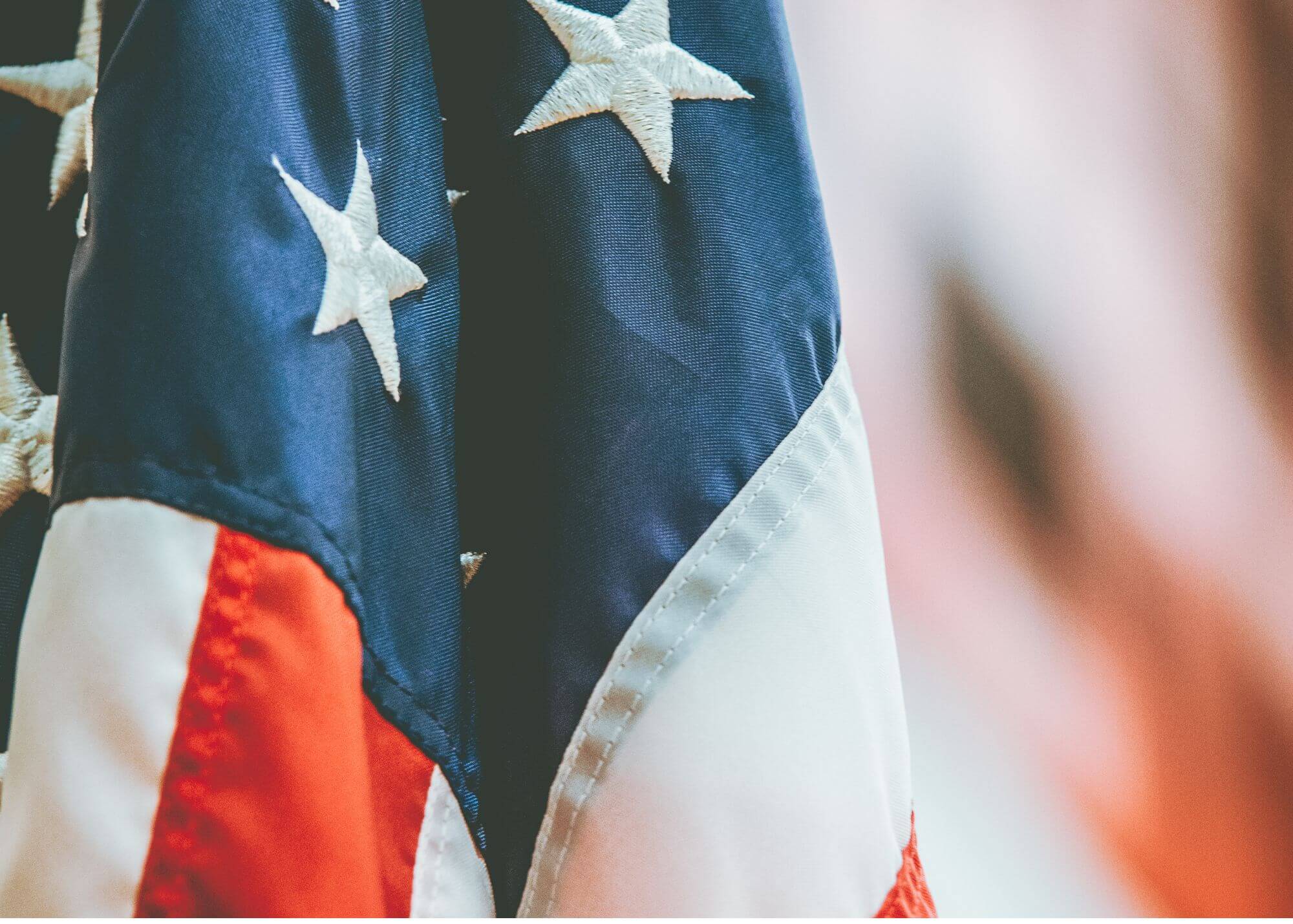Concetta opines that Trump’s attacks on institutions aim to control through fear, but history shows that resistance is possible and crucial for democracy’s survival, exclusively for Different Truths.

In recent months, President Trump has escalated his attacks on core American institutions — law firms, universities, and civic organisations—to bend them to his will. His tactic is one we’ve seen before: using executive power to frighten, divide, and control. But this strategy depends on a dangerous illusion — that these institutions are powerless to resist and must choose between their principles and their survival.
This illusion is false.
Contrary to the myth of presidential invincibility, the tools to fight back are real and available. The past offers proof: courts have repeatedly ruled against Trump’s executive overreach, from attempts to reverse the 2020 election to efforts to undercut the census and enforce inhumane immigration policies. Even when his party holds both houses of Congress, public resistance helped preserve essential policies like the Affordable Care Act.
Today, the stakes may feel even higher. The president has taken a more aggressive approach to executive authority in his second term. And yes, he’s notched a few wins. But his power is still bound by law — and by the resolve of civil society.
The most effective resistance begins with a simple premise: do not capitulate. Institutions must understand that giving in to intimidation rarely offers protection. It often invites more attacks.
Take the case of several prominent law firms targeted by executive orders. These firms weren’t accused of illegal behavior; their “offense” was employing attorneys who had worked on Democratic cases or investigations into Trump. The punitive response — banning these lawyers from federal spaces, impeding their access to clients — was a calculated move to isolate and punish perceived political enemies.
Some firms, such as Paul, Weiss, folded quickly, agreeing to costly concessions. Others, including Milbank and Skadden, preemptively cut deals to avoid conflict. These choices set a troubling precedent and offer no guarantee of protection. Worse, they demoralise allies and damage public confidence.
But a different model is emerging. Several firms chose to fight back, refusing to concede their professional autonomy. They’re joined by peers — like Williams & Connolly and Cooley — who are offering legal support. This kind of solidarity is crucial. Institutions that have not yet been targeted must recognise they may be next. Turning on each other or staying silent only strengthens efforts to undermine democratic norms.
Universities face a similar challenge. The right response to campus tensions is not to buckle to political threats that jeopardize unrelated academic work — especially research in medicine and science. Rather than delay and then surrender, as Columbia University arguably did, schools should swiftly address internal issues and then defend their independence, even in court.
Standing firm won’t be easy. It will likely come at a cost. Universities might need to reallocate funds. Law firm partners might see reduced profits. But these are not existential sacrifices — and they pale in comparison to the damage done by rolling over.
In the end, the survival of democracy doesn’t just rest on elections. It relies on the strength and courage of the institutions that uphold their principles. The longer they hesitate, the more fragile those principles become. Courage isn’t a rhetorical flourish; it’s a requirement.
History tends to reward those who resist unjust power. But justice doesn’t enforce itself. If this is a defining moment for American democracy — and it is — then those in positions of influence must be willing to act like it.






 By
By
 By
By
 By
By